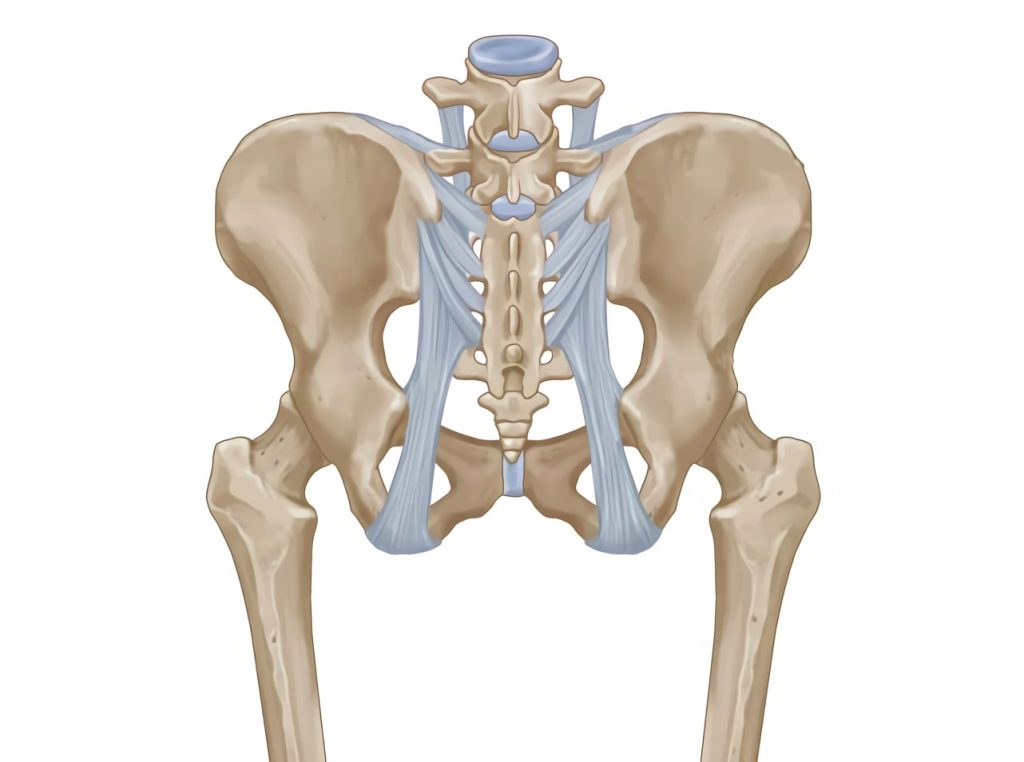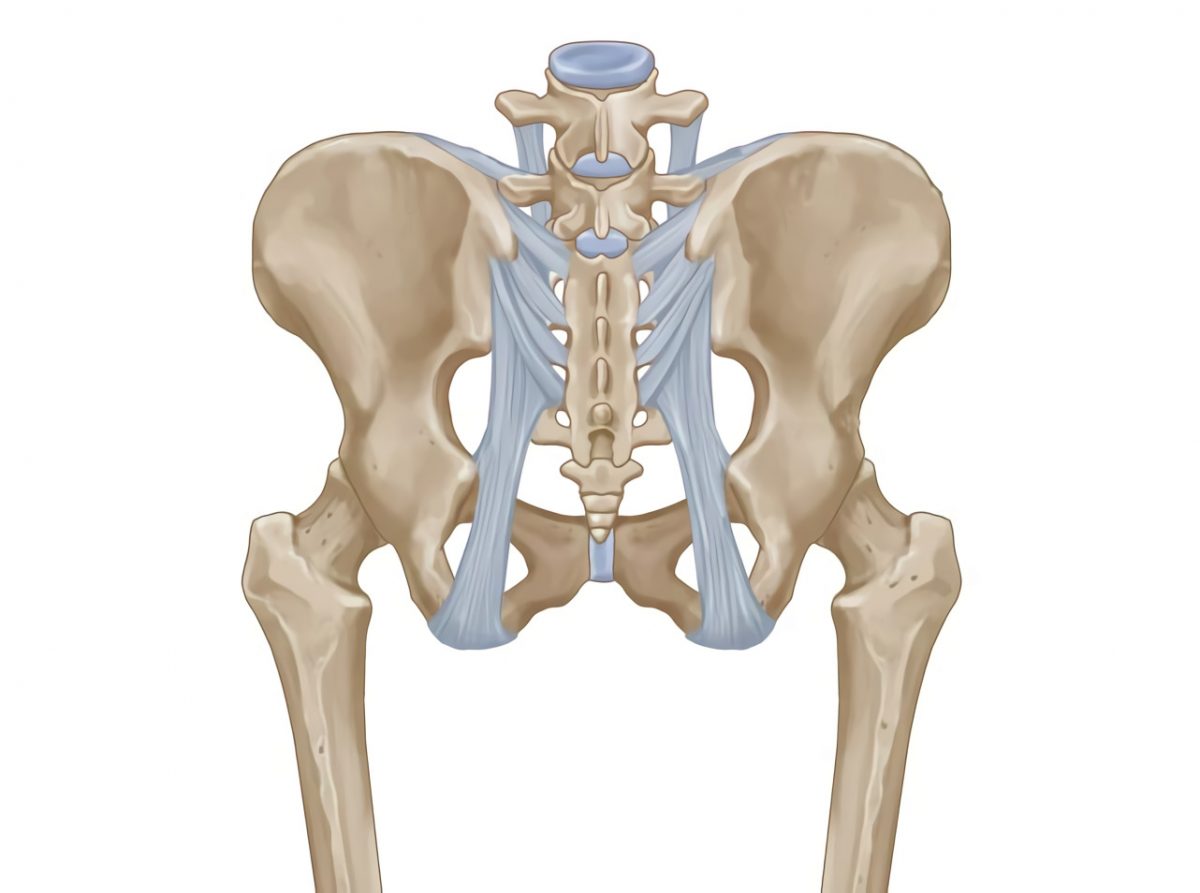Sacroiliitis
![]()
Call (703) 520-1031 or use the form below to send us your contacts.
Sacroiliitis is a painful inflammation of the sacroiliac (SI) joint. The sacroiliac joints are where the spine meets the pelvis near the hips, so there are two joints. These are important joints for maintaining stability and supporting the upper body when standing up.
What is Sacroiliitis?
Sacroiliac joints consist of the sacrum, a bony structure extending below the spine’s lower vertebrae, and the ilium, the top part of the pelvis bone. Holding everything in place are strong ligaments. Sacroiliitis is an inflammation of one or both joints, which means it is an inflammation in lower back and hips.
This medical condition often goes untreated as people learn to live with the level of pain experienced. It is also often mistaken for a lower back problem not related to the SI joint.

Sacroiliitis is also used with the term sacroiliac joint dysfunction, but there are some differences between these diseases. Sacroiliitis is the inflammation of the sacroiliac joint, while sacroiliac joint dysfunction refers more to pain caused by the inflammation in SI joint.
Symptoms
Given the location of the sacroiliac joints, it is not surprising the pain felt due to inflammation is felt in the lower back, buttocks, thigh and/or hips. Other symptoms include:
- Pain in the lower back and/or other areas mentioned feel achy, or there is a sharp or shooting pain
- Pain worsens after sitting or standing for a long period of time
- Pain is felt when getting out of a chair
- Pain gets worse when rotating the hips
- Pain is felt in one joint when putting more weight on one leg
- Joint pounding activities like running or other sports activities cause joint pain
- Pain is felt when climbing steps
- Lower back pain is accompanied by a low-grade fever
In fact, any activity that puts stress on the inflamed joint will cause sacroiliitis pain, like walking with long strides.
Causes
What is the cause of sacroiliitis? The most common sacroiliac causes are types of arthritis that cause sacroiliac degeneration, but there are others.
- Osteoarthritis – wear-and-tear of the joint, often the part of normal aging process, but also triggered by a joint injury or skeletal abnormality
- Ankylosing spondylitis – an inflammatory disease that affects the spinal vertebrae and inflames the ligaments and tendons; in an advanced stage, can cause vertebrae to fuse and to a hunched-forward posture
- Other inflammatory arthritis conditions – gout and psoriatic arthritis can lead to pain and inflammation in the SI joint
- Traumatic injury – one or both joints are injured due to a vehicle accident, fall, sports injury, etc.
- Pregnancy – as the joints surrounding ligaments relax, the added weight and change in walking gait causes joint stress and can result in abnormal wear-and-tear
- Other – sacroiliac joints can deteriorate due to disease, skeletal abnormalities, infection, etc.
Diagnosis
There are several steps a physician is likely to take to diagnose sacroiliitis. Every patient will get a physical exam, during which the physician checks the spine’s alignment and ability to rotate. The patient is asked to move in different ways, and the physician will apply pressure to the sacroiliac joint and surrounding areas to see if the pressure causes pain.
The physical exam is often supplemented with:
- Blood work – tests for inflammation
- Imaging test – the physician will order one or more tests which include x-rays, MRI, ultrasound and/or CT scan
If these tests still do not pinpoint the problem, the physician may decide to order a steroid or anesthetic injection into the painful joint. Using medical imaging equipment to guide the needle, the physician will inject the steroid medication into the area where it is believed the pain is originating. If the pain is relieved by the injection, it becomes a diagnostic test and a temporary treatment.
Treatment
The best treatment for sacroiliitis depends on what is causing the pain. For example, the pain may be emanating from muscle spasms and joint inflammation, requiring a multi-treatment plan. Typical approaches include:
- Medications – patients use over-the-counter or prescription pain relievers, and/or muscle relaxants; TNF (tumor necrosis factor) inhibitors can relieve pain from rheumatoid arthritis and ankylosing spondylitis.
- Physical therapy or mild exercises – exercises that stretch the back and focus on improving strength, stability, flexibility and balance.
- Application of ice and heat – alternating ice and heat can reduce inflammation and pain.
- Joint injections – corticosteroids are injected directly into the joint to reduce sacral inflammation, and thus pain; patients can only get a few injections each year because too much steroid can weaken tendons and bones in the joint.
- Radiofrequency denervation – radiofrequency energy is used to destroy the nerves causing the pain.
- Surgery – a last resort treatment, two bones are fused together with metal hardware
The physician will work with the patient to develop a treatment plan that will include one or more approaches.
When to See a Physician
It is important to addresses chronic pain in the lower pain and not make assumptions as to what is causing the pain. Pain in the lower back can be due to a number of issues, whereas sacroiliitis is specifically an SI joint inflammation.
People who experience unrelenting pain can have difficulty sleeping, managing normal activities and maintaining a good attitude and not get depressed. It is important to see a physician when pain continues for more than a couple of weeks. The sooner the joint issue is treated, the better.
